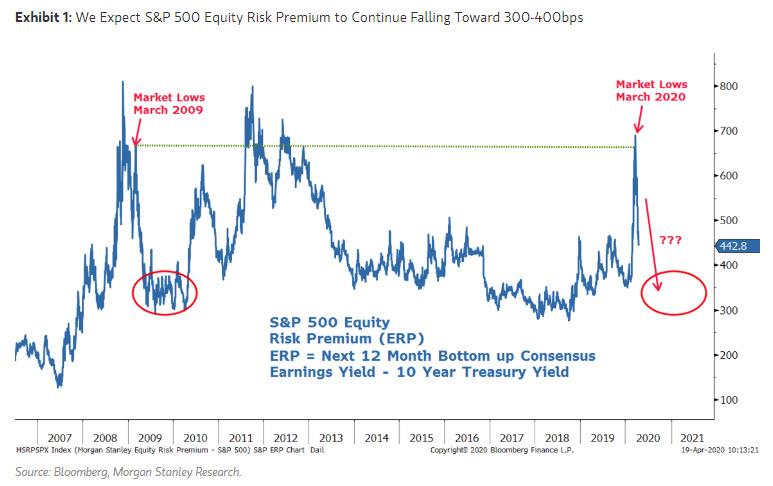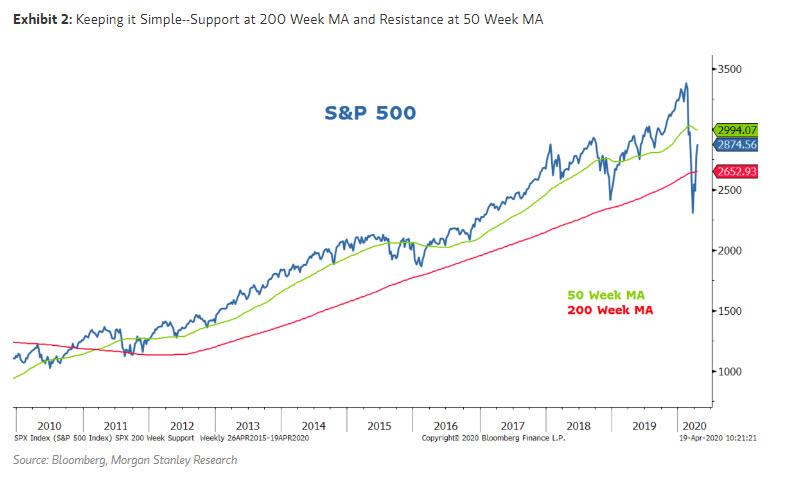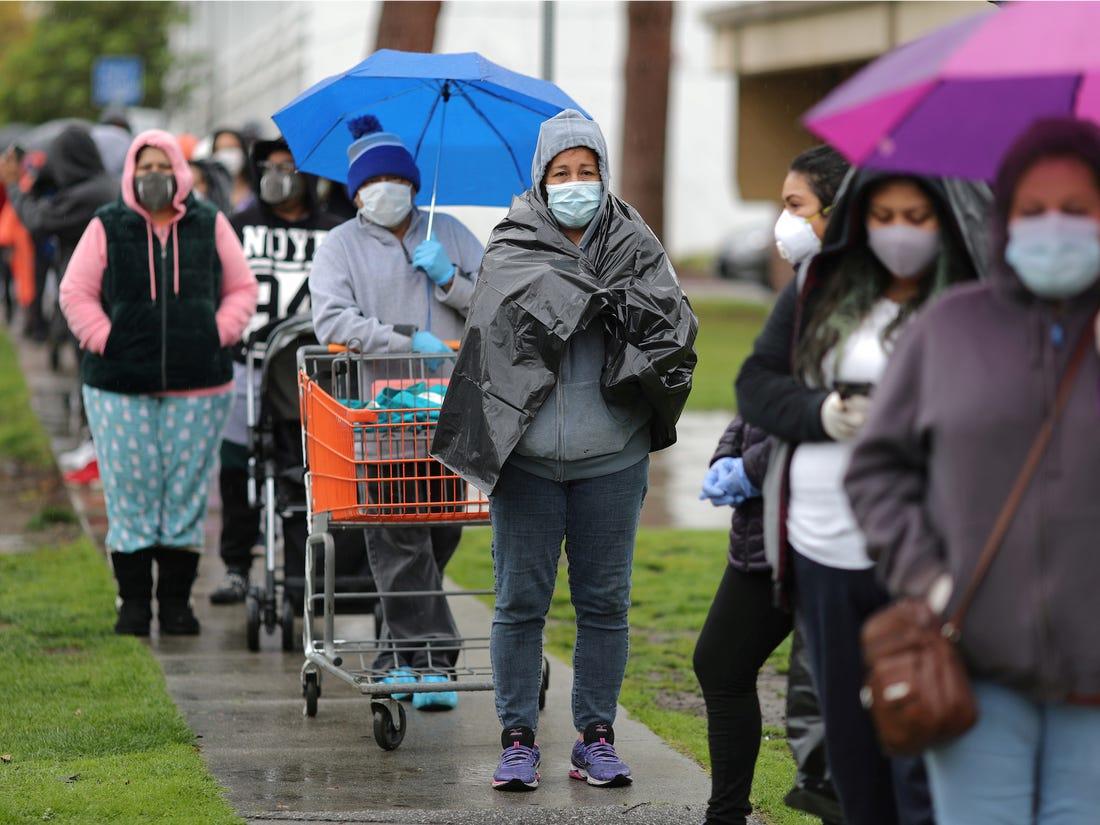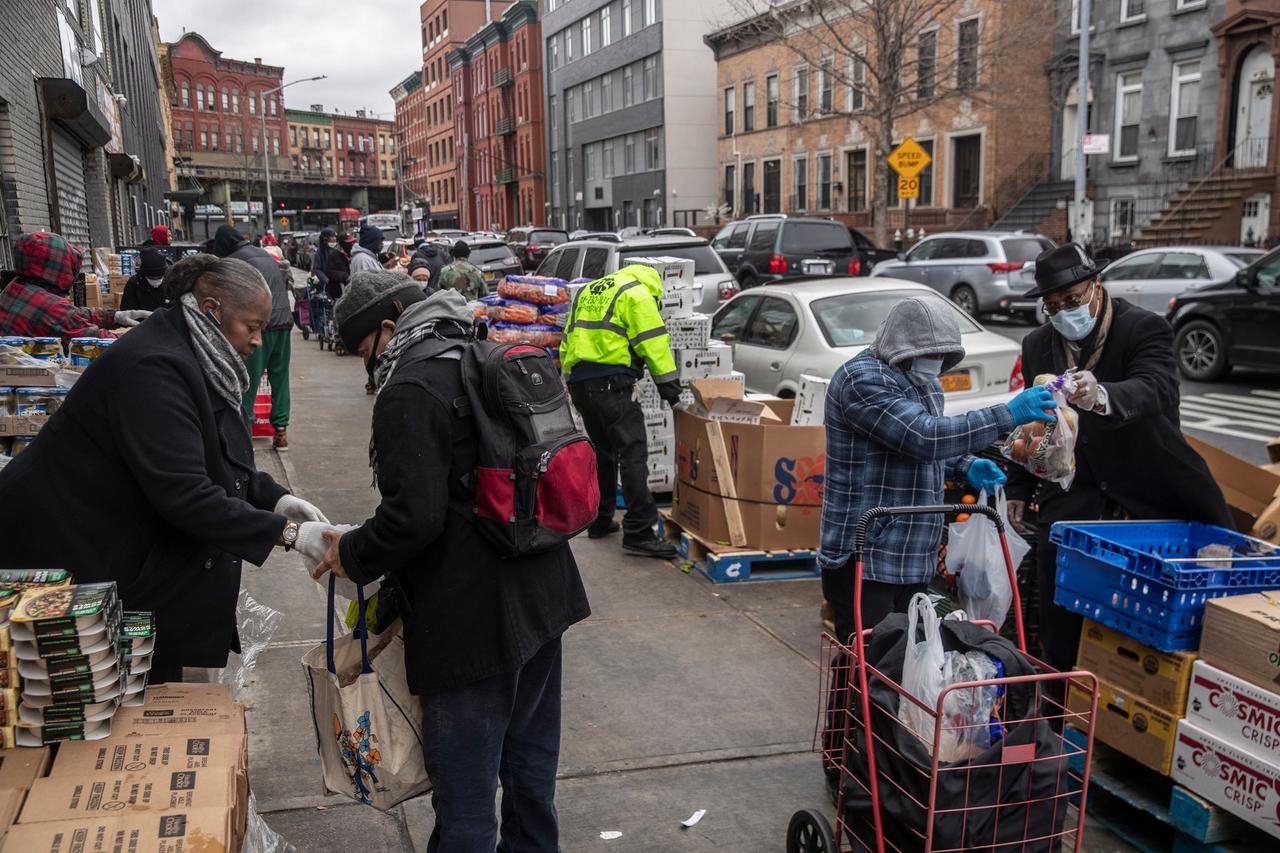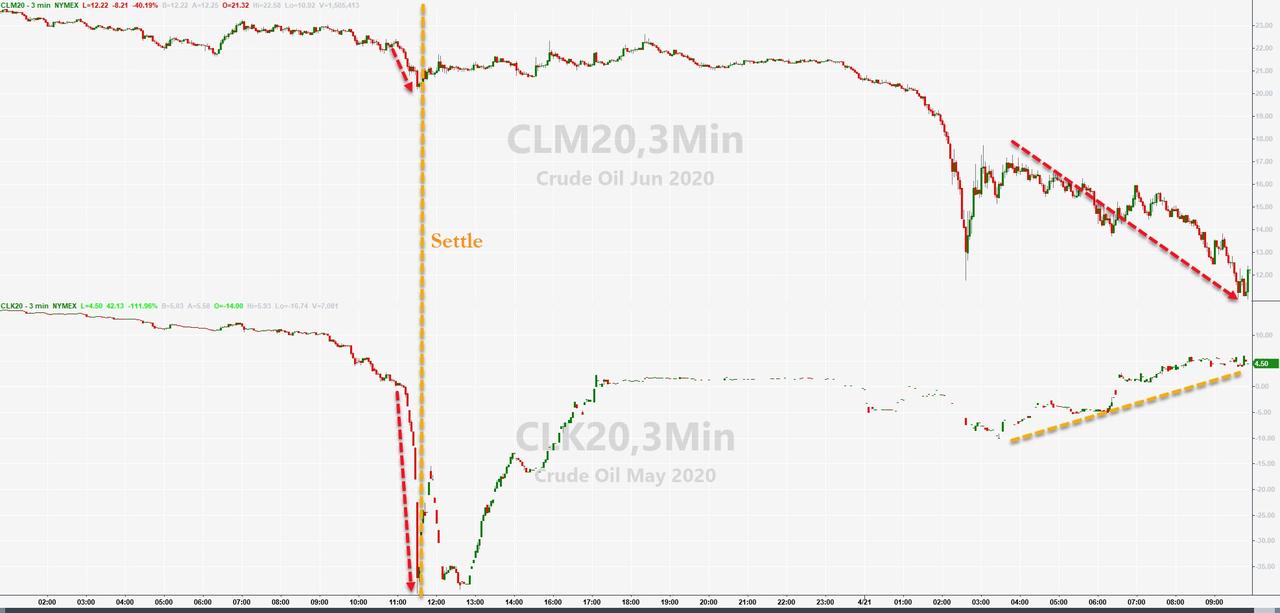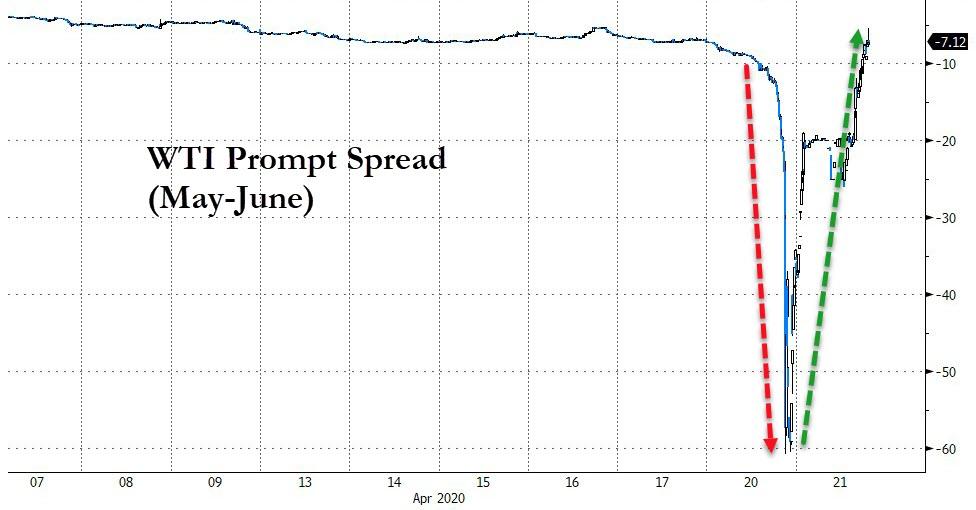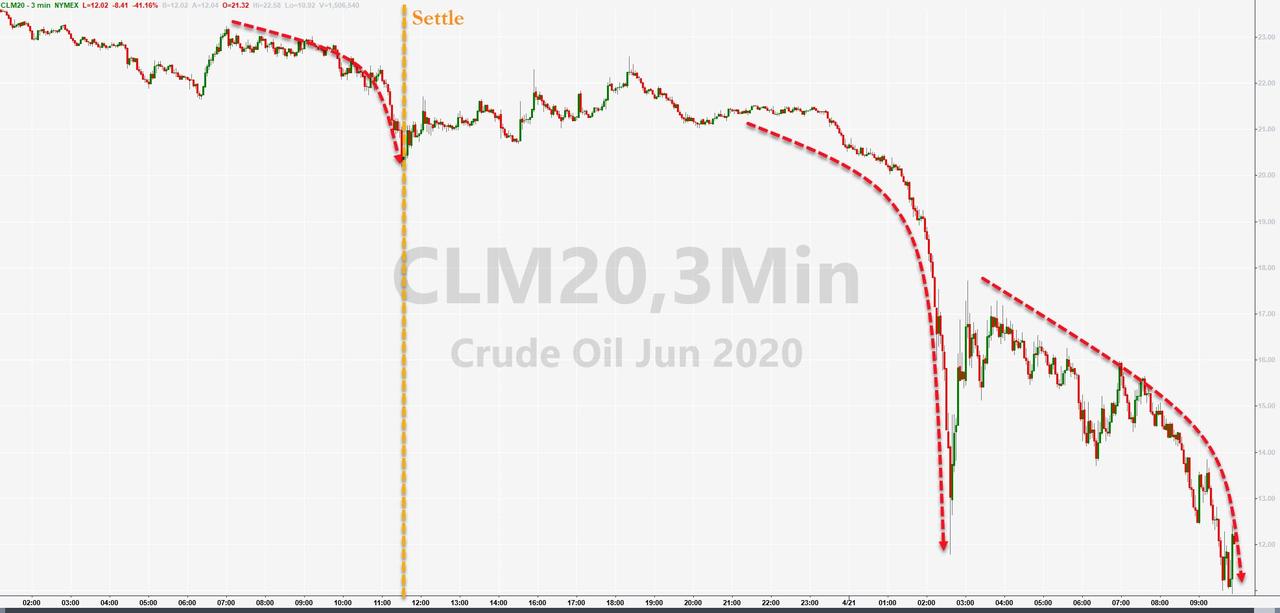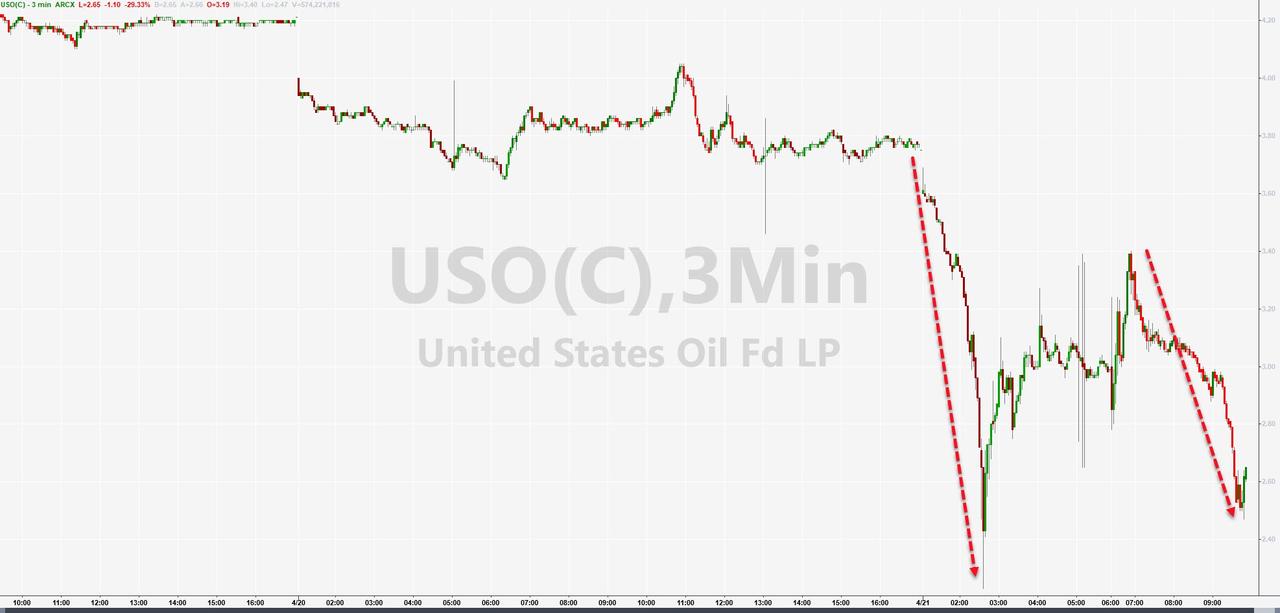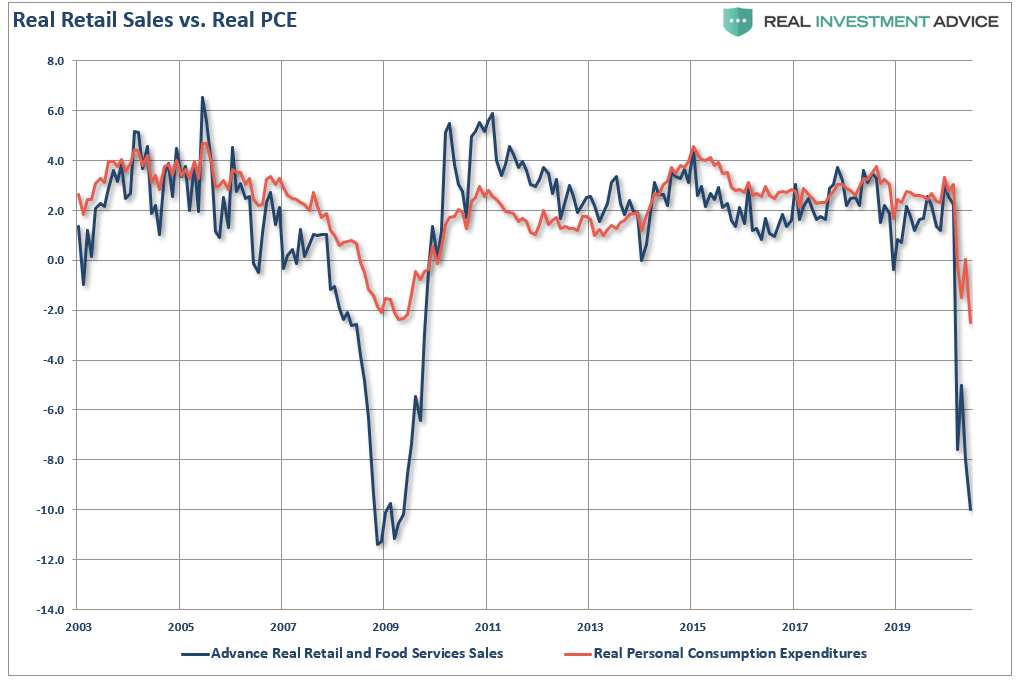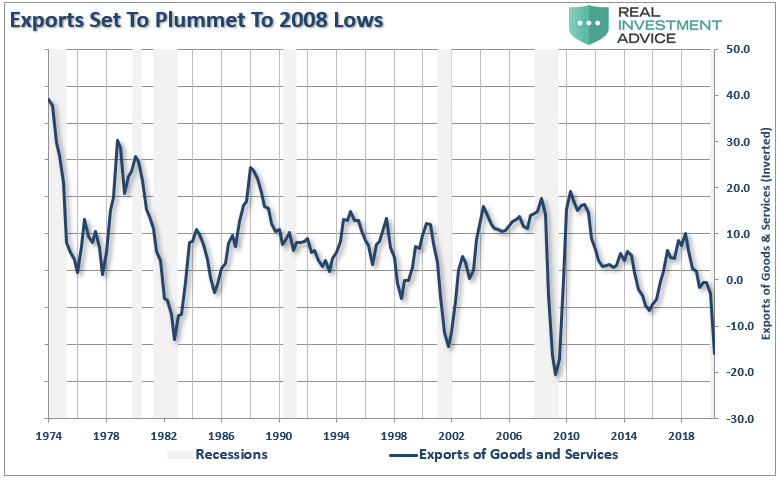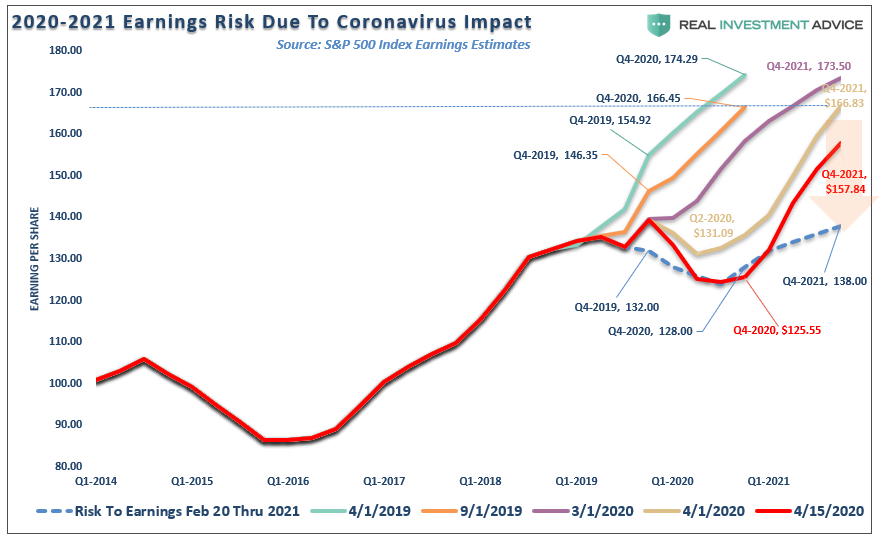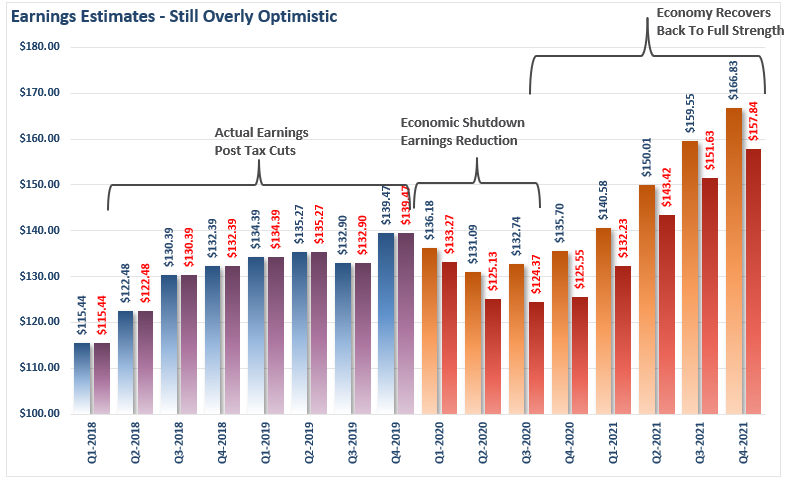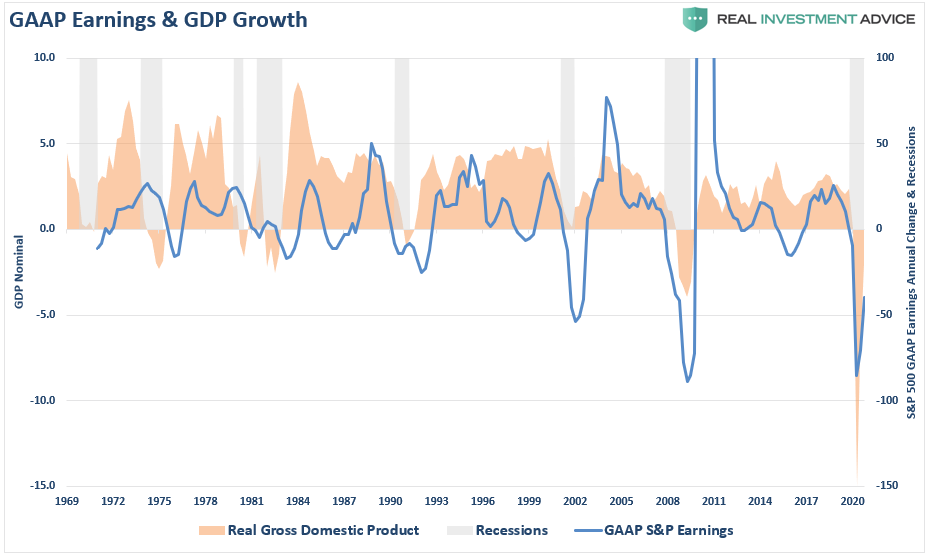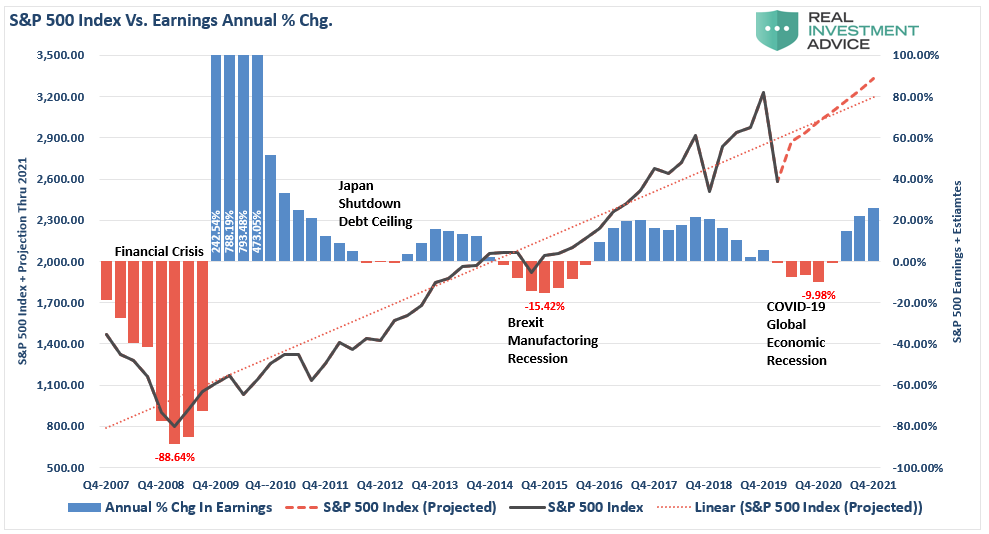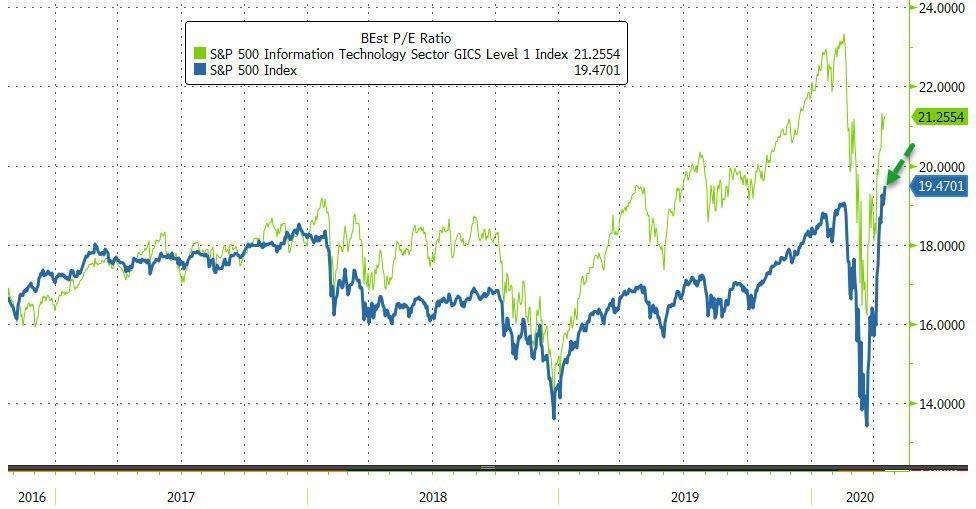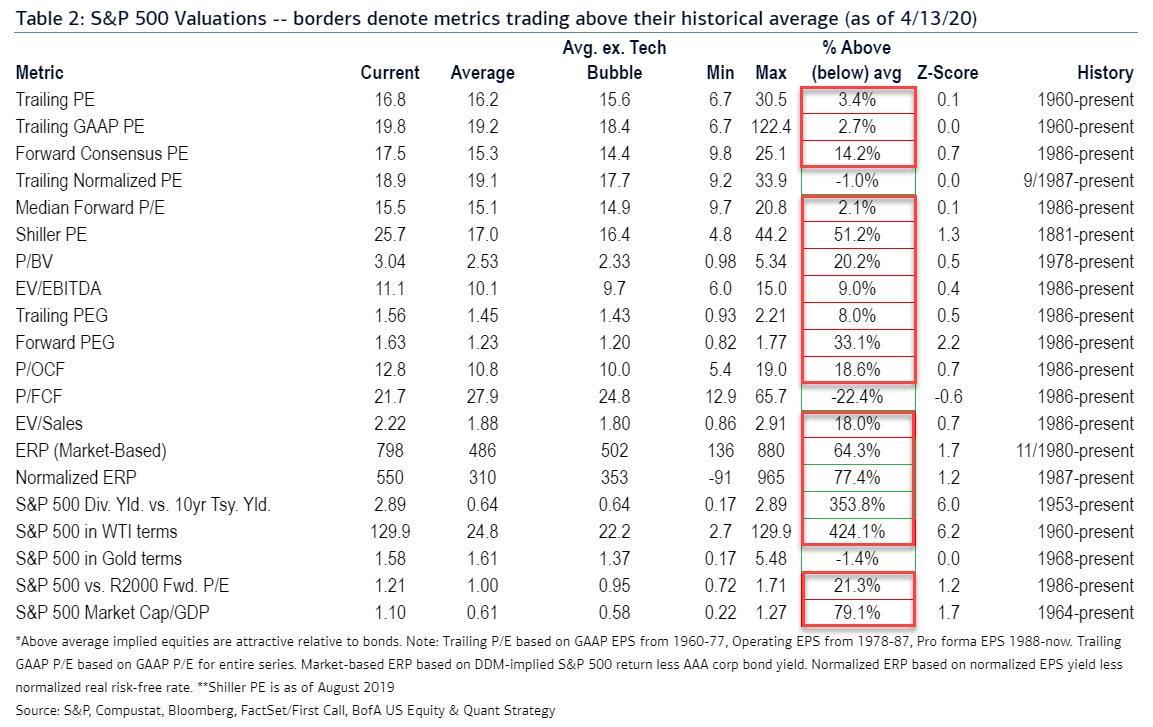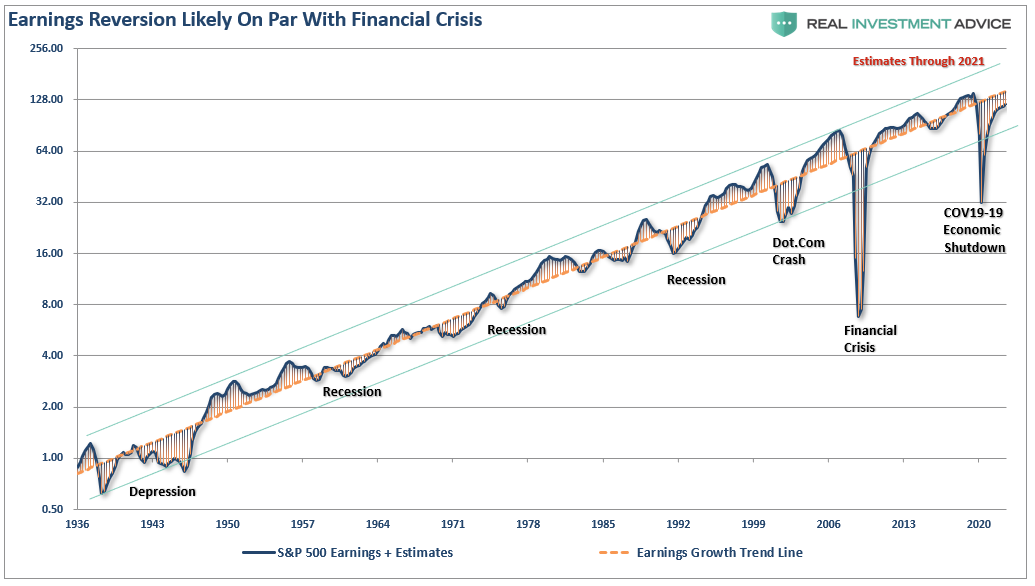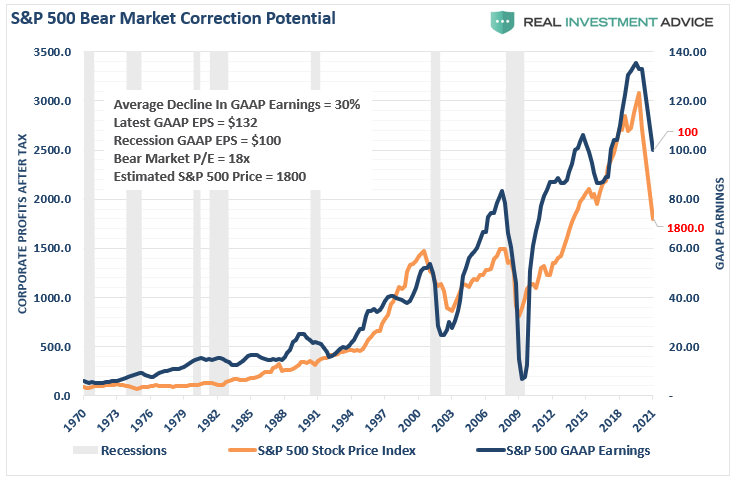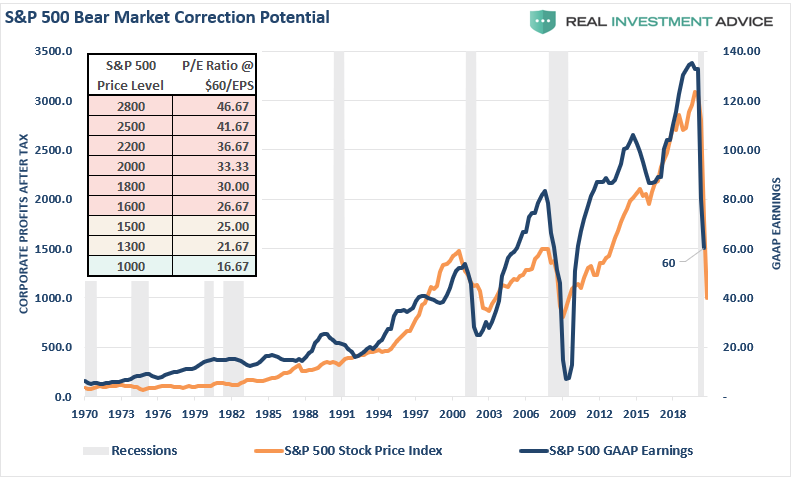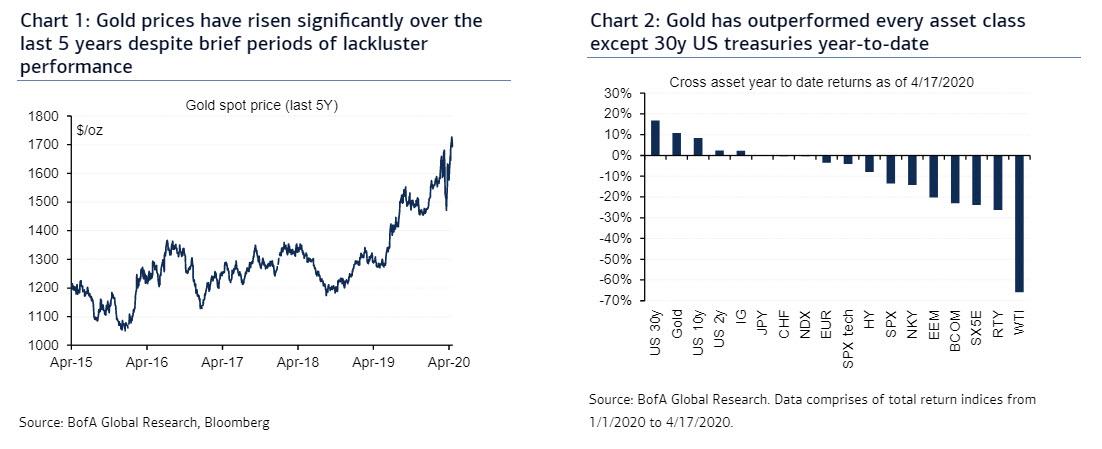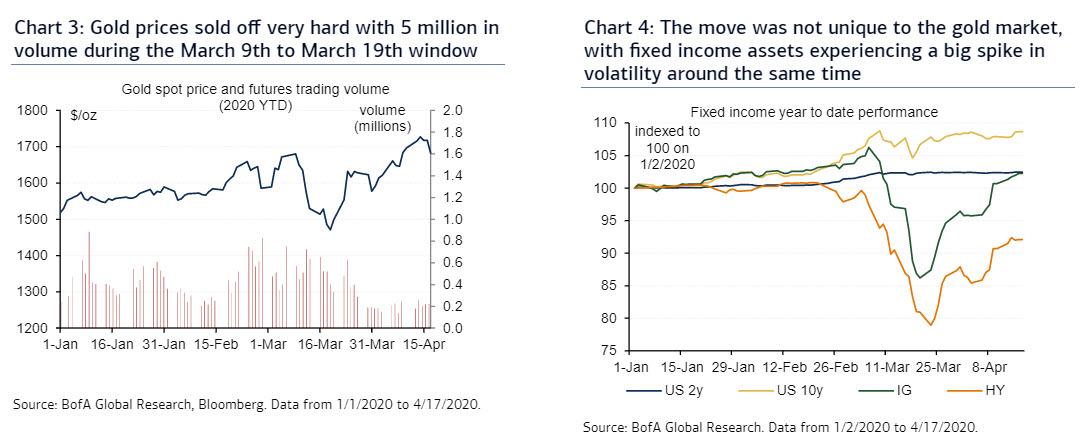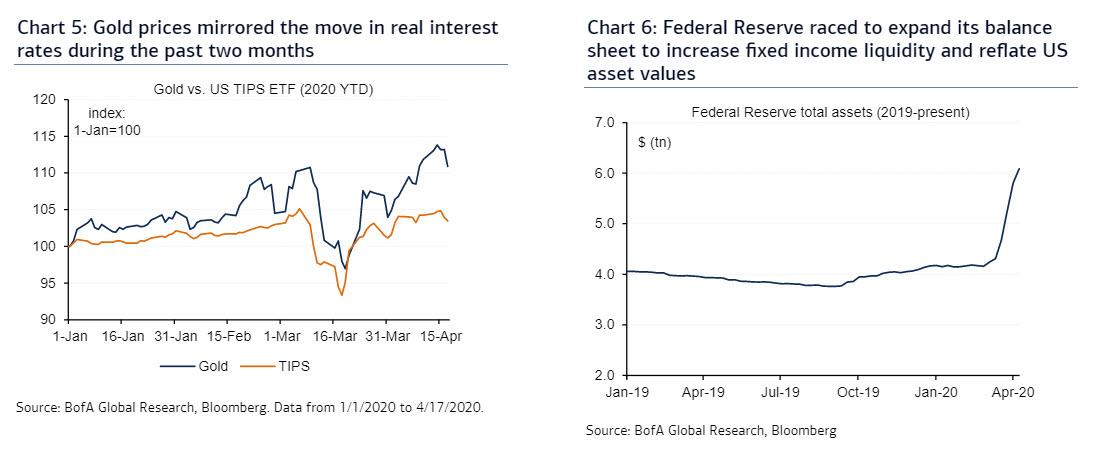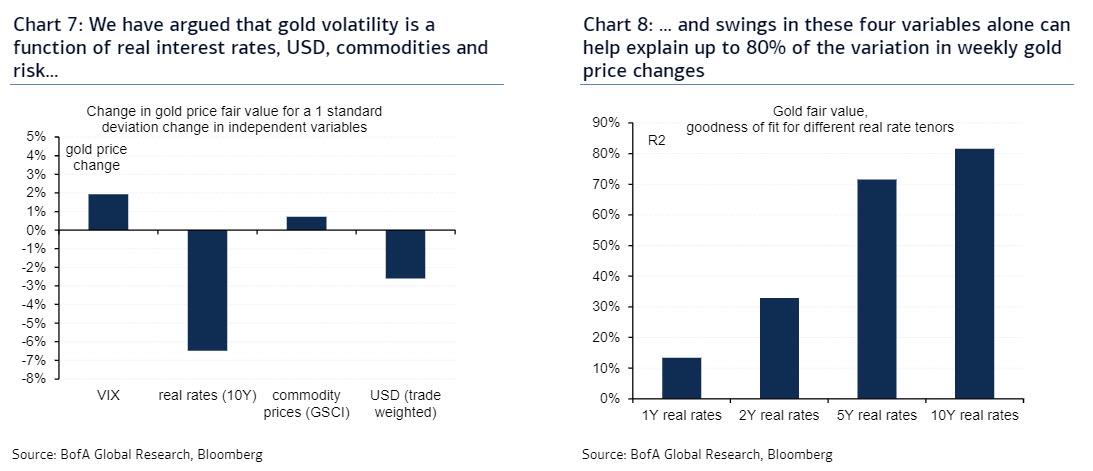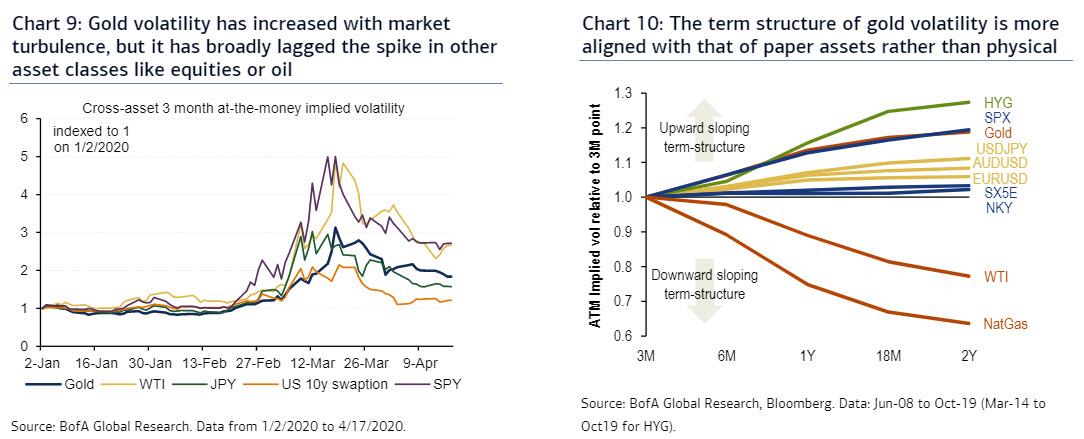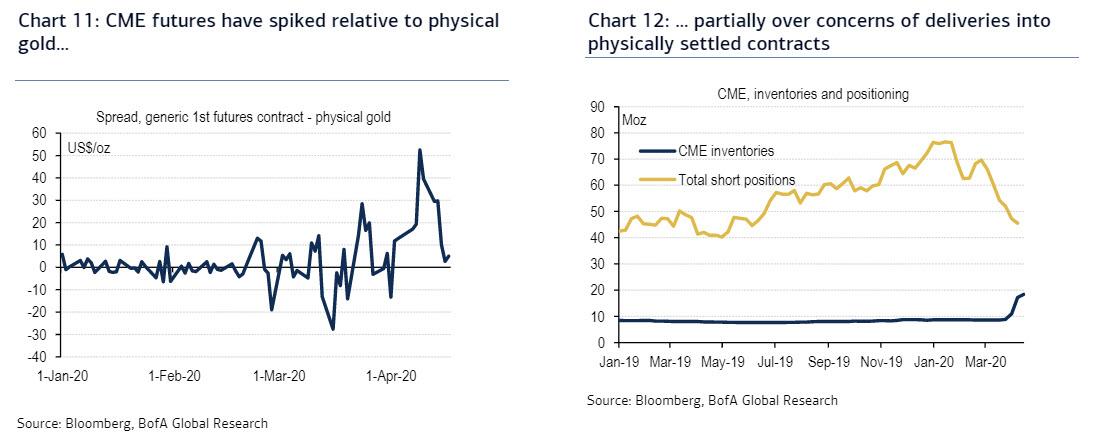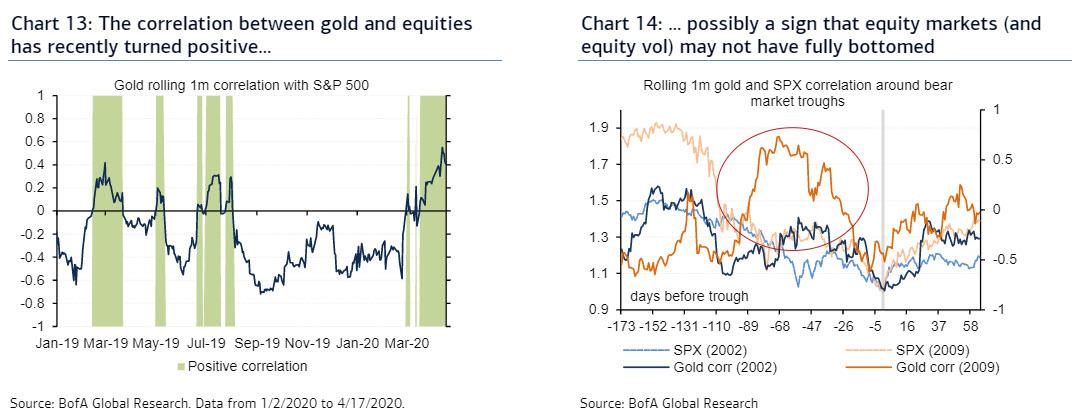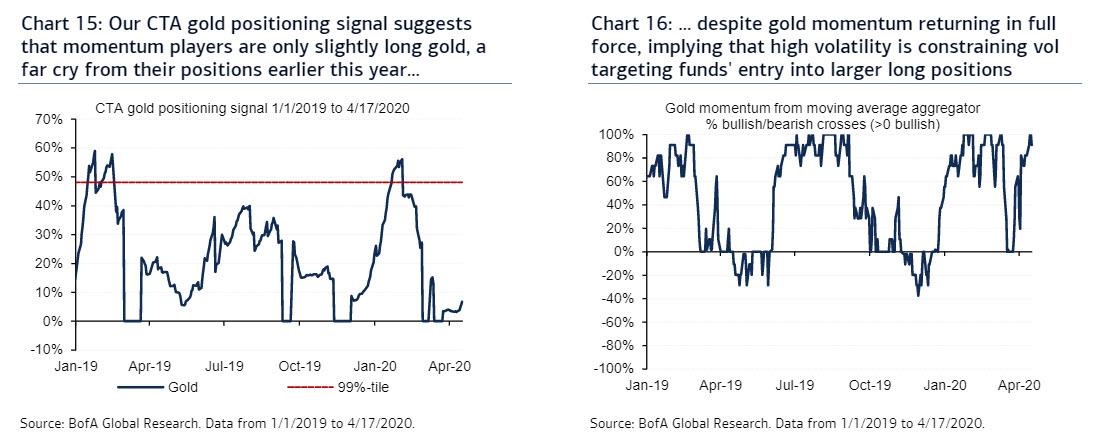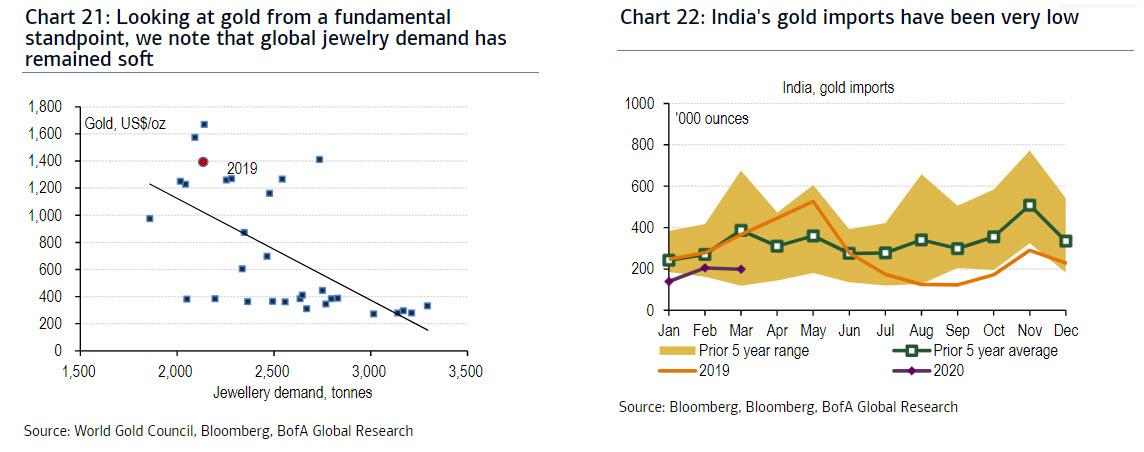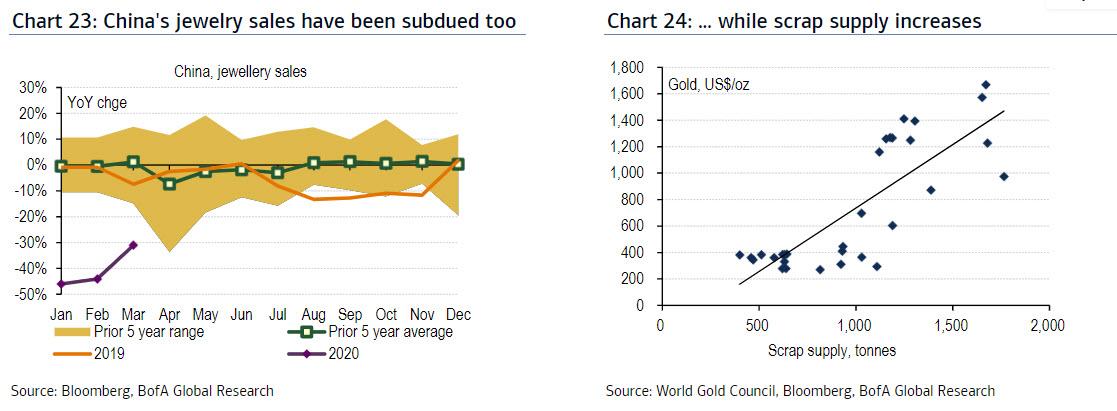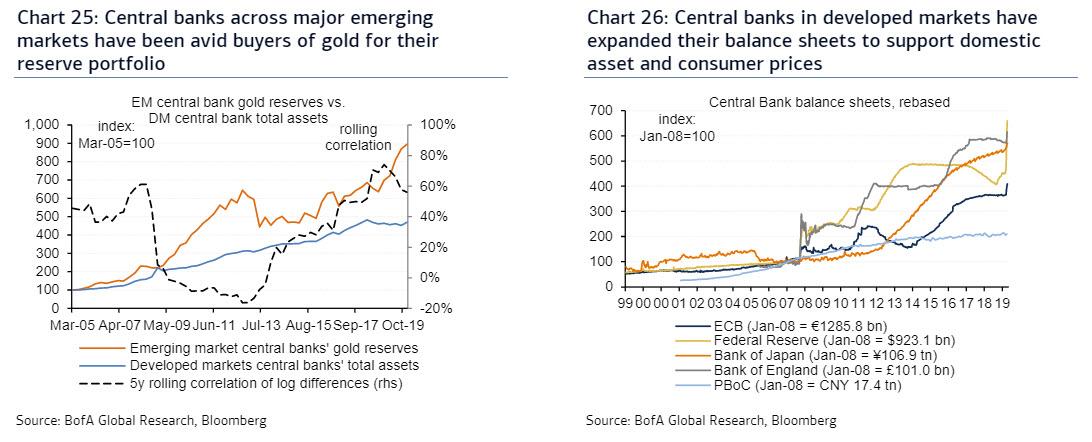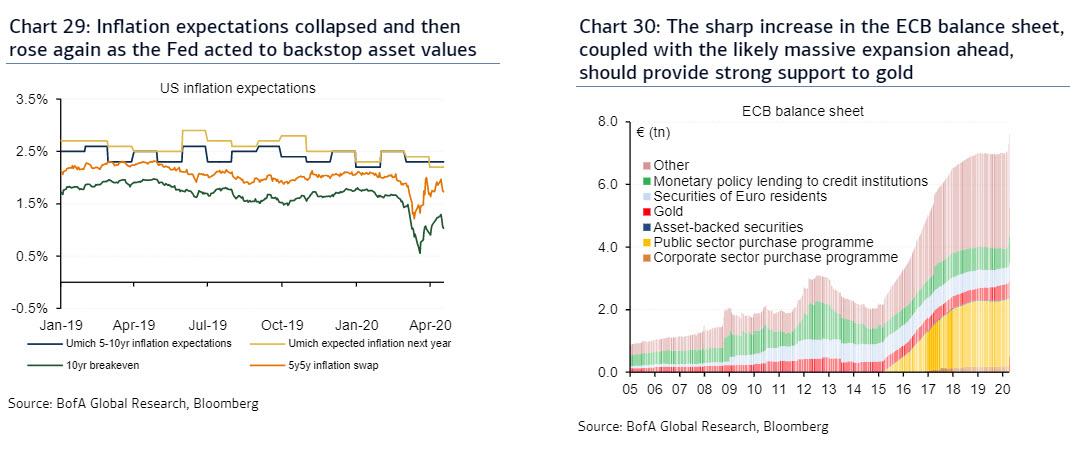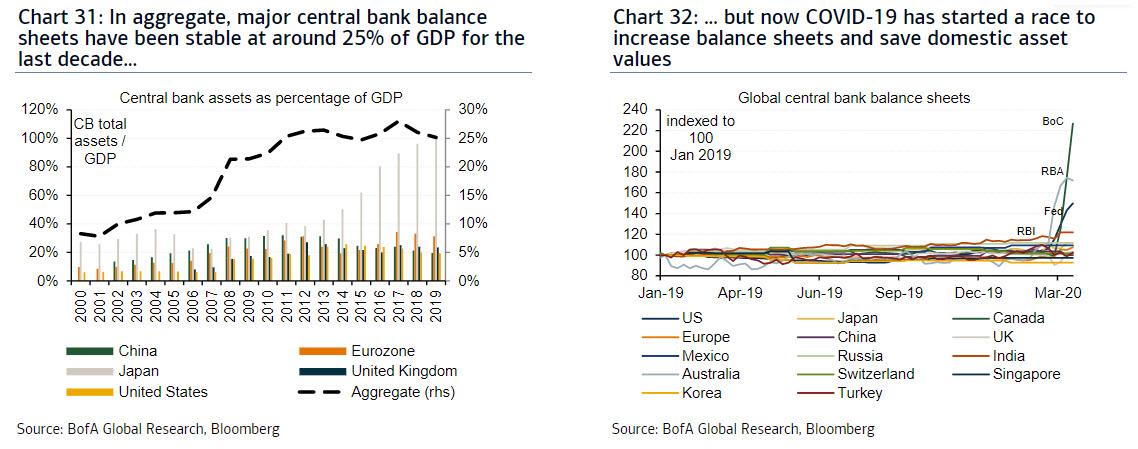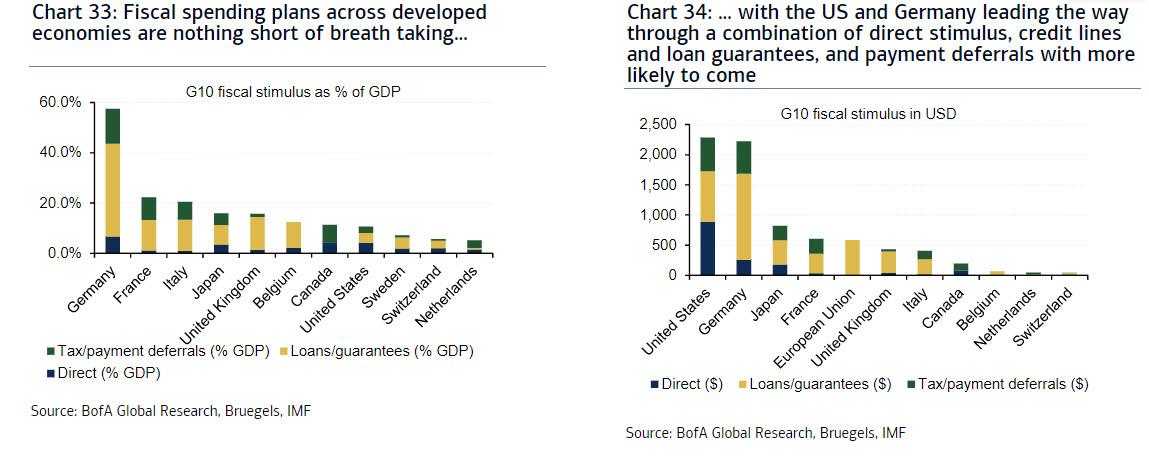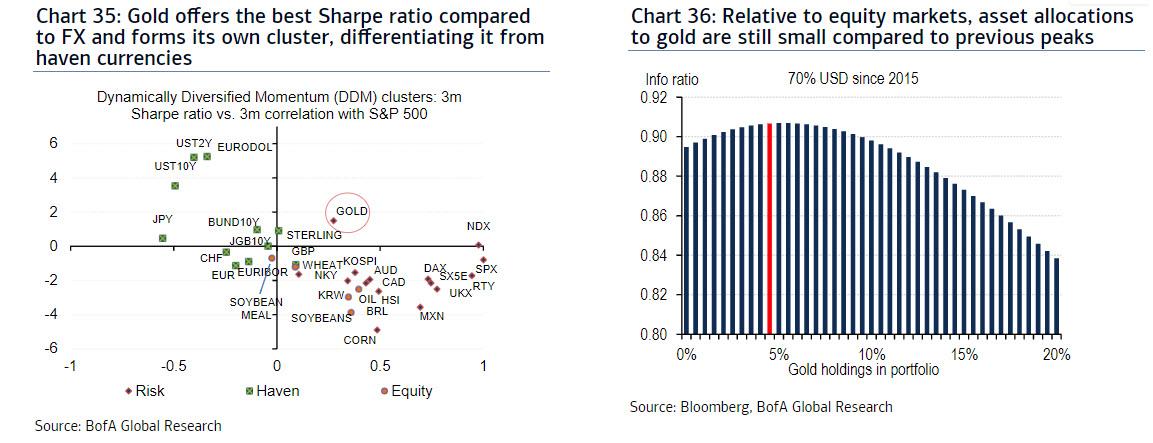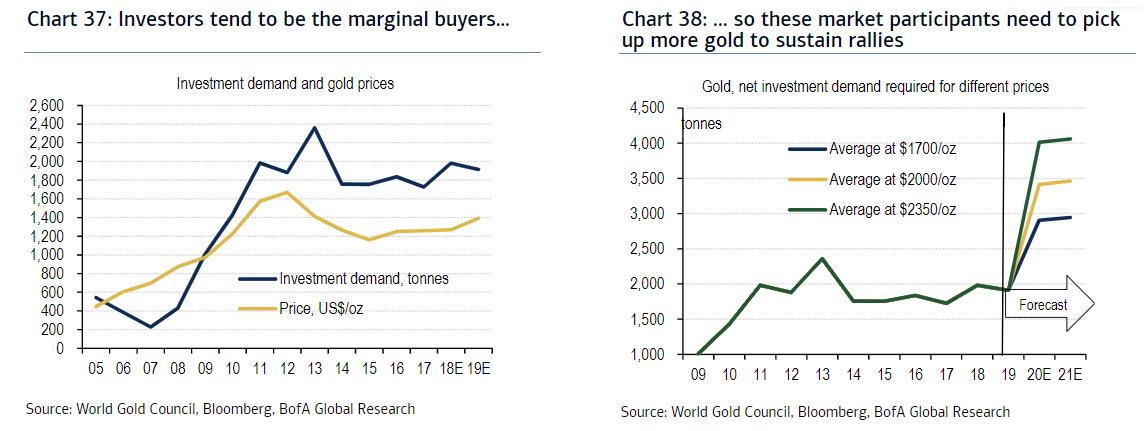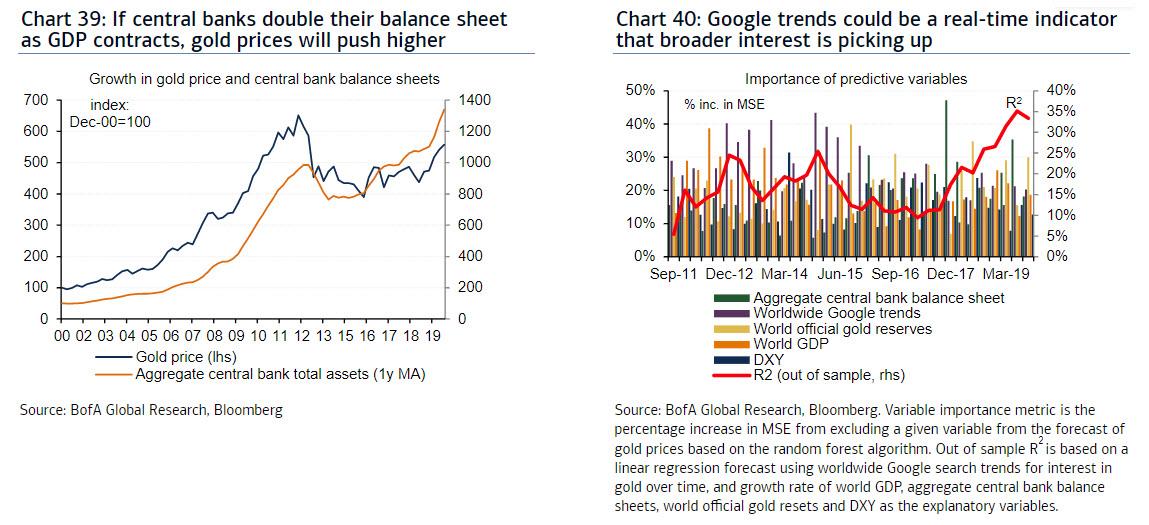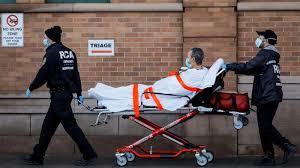Is COVID-19 the “end of New York” as we know it?
That’s what urbanist Joel Kotkin argued in a recent piece for Tablet magazine.
“This is happening at a time when the demographics of cities like New York, L.A., Chicago, [and] San Francisco are all going in the wrong direction. Young people leaving, and population growth is very low,” says Kotkin. “I think the pandemic is just one more factor that is going to influence migration in general. I think the idea of being in a dense urban place is probably not going to be that attractive.”
With lockdowns and extreme social distancing bringing urban life to a halt, and New York City emerging as the epicenter of the national crisis, a debate among urban studies scholars is breaking out over what this will mean for the future of American cities.
On one side are density skeptics like Kotkin, a Chapman University professor who believes the pandemic will only accelerate an already present decline in urban living, while pro-density urbanists like University of Toronto Professor Richard Florida say that New York will do what New York has always done: bounce back.
“I am 100 percent convinced New York will be fine,” says Florida. “The biggest mistake people ever make is counting New York out.”
Thomas Campanella, a Cornell professor who co-edited a book after 9/11 called The Resilient City: How Modern Cities Recover from Disaster, agrees with Florida. Campanella and his co-editor found that disasters that damage critical infrastructure, such as the volcanic eruption that buried Pompeii, or make land literally uninhabitable, such as the nuclear meltdown in Chernobyl, are most likely to do irreparable harm. Cities have recovered from pandemics fairly quickly, including New York after the 1918 Spanish flu.
“To suggest that this is going to mark the end of the cities…it’s ridiculous actually,” says Campanella. “It traffics in a long tradition of anti-urbanist posturing and predicting that goes all the way back to the founding generation in this country.”
Campanella points to Thomas Jefferson’s Notes on the State of Virginia, in which he states that “The mobs of great cities add just so much to the support of pure government, as sores do to the strength of the human body.” John Adams similarly wrote in his Defence of the Constitutions of Government of the United States that Americans living “in small numbers, sprinkled over large tracts of land … are not subject to those panics and transports, those contagions of madness and folly, which are seen in countries where large numbers live in small places.”
“De-densifying the city is not going to happen,” says Campanella. “We still have London and Florence and Venice and all these cities that they underwent terrible pandemic diseases.
Campanella recalls his own grandmother recounting the horrors of the 1918 Spanish flu pandemic in New York City.
“She remembered seeing the hearses every day,” he says. “So, we have gone through these things.”
But Kotkin argues that what’s changed is that ever-improving communications technology has made all kinds of remote work possible.
“If you take a look at where people are moving. They’re moving to, generally speaking, less expensive, very often smaller cities,” he says.
In terms of broad historical trends, urbanization has increased over the last 200 years, with the percentage of the world population living in urban areas rising from 2 percent to 50 percent. But more recently, megacities like New York have experienced significantly slower growth than small and mid-sized urban areas. The total world population of small urban areas with populations of fewer than 500,000 people is three times that of megacities, with the median urban resident living in an urban area with a population of 650,000.
And according to the U.S. Census Bureau, almost 92 percent of population growth within metropolitan areas has been in the suburbs and exurbs from 2010 to 2018. Only New York has bucked that trend, with rising density over that period.
But Kotkin says New York isn’t immune.
“[The pandemic] may just accelerate some of this,” says Kotkin. ” People are going to have that memory of, ‘God, I was living in the studio apartment in Manhattan when this happened. I was essentially in lockdown.'”
Between 2005 and 2017, remote working increased by about 159 percent according to one study, with about 5 percent of Americans working from home according to census data. Kotkin predicts remote working trends will continue to push more and more Americans out of big city centers.
But Florida points out that venture capital is still concentrated in the Bay Area and New York. He predicts that the coronavirus pandemic will lead to more geographic concentration.
“At the same time that you’re having people leave [dense urban centers], you’re having… the Bay Area’s share of the tech industry increasing, New York’s share of finance increasing. L.A. is still a center of movie making and the creative industry broadly,” says Florida. “With restrictions on air travel, the fact that it [has become] harder to drop in and out of those places will cause a further concentration.”
But Florida agrees with Kotkin that the growth of remote work will also continue to drive the growth of smaller cities in the American heartland. He points to a Kaiser Family Foundation project called Tulsa Remote, which pays tech workers a $10,000 stipend to move to Tulsa and work from home.
“So [small cities like Tulsa will] literally say we’re going to be … a connected hub of remote workers to an incumbent economic center. And I think that can work,” says Florida.
Despite his provocative headline, even Kotkin isn’t predicting New York’s total demise. Rather, he foresees a continued hollowing out of its middle class, with future population growth coming from young, single workers, immigrants, and the ultra-wealthy.
“It’s probably at this stage almost impossible to see a return of middle-class families to cities,” he says, “Not necessarily because of housing stock or even prices [but rather] the kind of governments that are being elected.”
He says the inability of these big cities’ mayors to deal with homelessness, crime, schools, and other quality-of-life issues has and will continue to drive out middle-class families.
“And the problem is, as the middle class has declined in these cities, the politics have gotten crazier and crazier,” says Kotkin.
Florida, who places himself in the “99th percentile” of the political left says that he agrees with Kotkin that too many mayors have lost sight of these basic quality-of-life issues in their cities.
“I think there’s going to be a premium now on no bullshit, no ideology, ‘Can you make my city safe or suburb safe and secure?'” says Florida. “[New York] is going to have time to really think about how to become a more affordable city, a more holistic city, a better city.”
Produced by Zach Weissmueller, graphics by Isaac Reese, opening animation by Lex Villena
Music: “Curtains are Always Drawn,” by Kai Engel licensed under a Creative Commons Attribution License.
Photos: Gloved hand in subway, Marcus Santos/ZUMA Press/Newscom; Empty subway tunnel, William Volcov/ZUMA Press/Newscom; Empty subway, William Volcov/ZUMA Press/Newscom; Zoom call, Chloe Sharrock/ZUMA Press/Newscom; Empty New York street, Alcir N. de Silva/Polaris/Newscom; Masked airline attendant, Kike Calvo/Universal Image Group/Newscom; Empty airport terminal, Joe Burbank/TNS/Newscom; Empty Times Square, Alison Wright/ZUMA Press/Newscom
from Latest – Reason.com https://ift.tt/3cActUQ
via IFTTT
